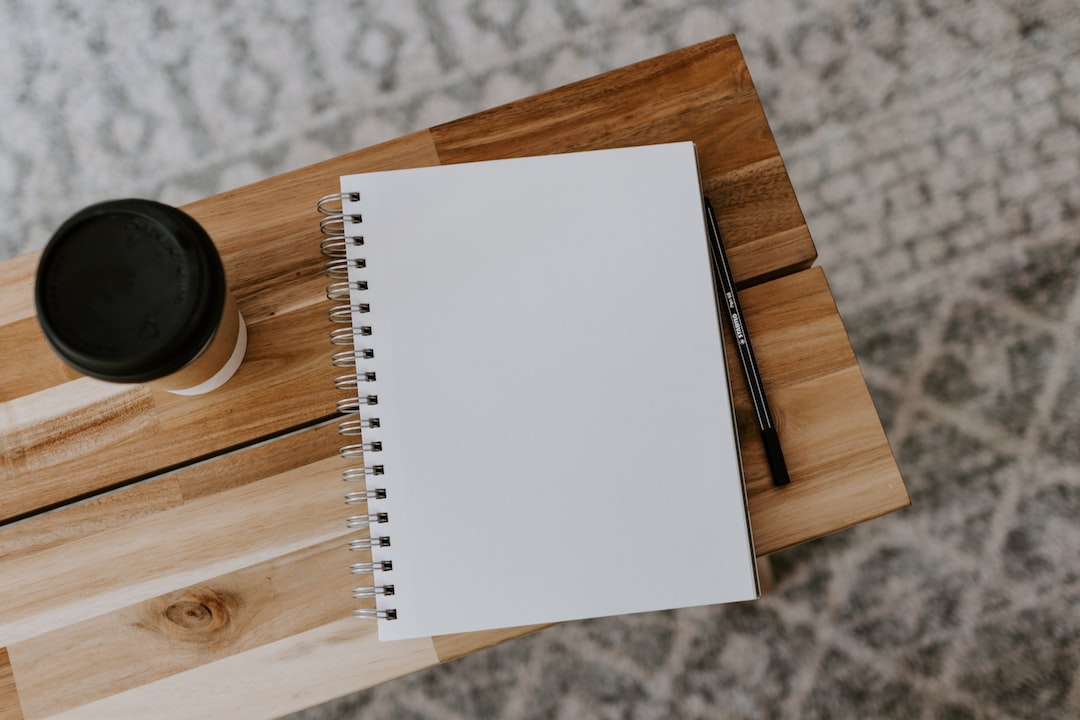As an educator, it is important to recognize the individual needs of your students by creating lesson plans that cater to different learning styles. Learning styles refer to the preferred way in which an individual learns, this could be through auditory, visual, or kinesthetic methods. Research indicates that students learn and retain information better when taught in a way that suits their preferred learning style. Therefore, it is essential to create effective lesson plans that incorporate various teaching methods.
Here are some tips on how to create effective lesson plans for different learning styles:
1. Identify the students’ preferred learning style
The first step in creating effective lesson plans is to identify the preferred learning styles of your students. You can use surveys, discussions, or online tools like VARK to evaluate the preferred learning method of your students. By understanding how your students learn, you can adjust your teaching methods to ensure that all students can comprehend and understand the material.
2. Incorporate multimedia resources
Visual learners prefer to learn through colors, pictures, graphs, and videos. Therefore, incorporating multimedia resources into your lesson plan can be an effective method of teaching. Using visual aids like PowerPoint presentations, videos, or animations can help students understand concepts better. Additionally, using colors and graphics can stimulate the visual learning process, enhance memory retention, and make learning more engaging.
3. Use hands-on activities
Kinesthetic learners prefer learning through hands-on activities, experimentation, and physical movement. Incorporating tactile activities like role-plays, projects, or experiments can help these students better understand and retain information. These activities help students to engage with the material and comprehend how it works in the real world.
4. Reinforce concepts through repetition
Repetition reinforces learning, and it is an effective way to create lasting memories. Reviewing key concepts at the end of each lesson is an excellent way to reinforce learning. Using rhymes, songs, or simple games to reinforce topics can make learning more enjoyable, especially for students with auditory learning preferences.
5. Provide opportunities for group and independent work
Collaborative learning engages students in meaningful conversations and helps them learn from one another. Incorporating group work, peer teaching, and collaborative activities into your lesson plan accommodates students with social learning preferences. Additionally, students with independent learning preferences can benefit from activities like self-directed learning or independent research projects.
6. Use technology to deliver personalized learning experiences
Technology can provide personalized learning to cater to individual student’s needs. Online videos, games, and quizzes can be an excellent way to teach auditory and visual learners. Educational software can assess and customize teaching methods according to individual student’s learning styles.
In conclusion, creating effective lesson plans for different learning styles is essential for student success. By identifying the preferred learning style of your students, incorporating multimedia resources, hands-on activities, repetition, group and independent work, and technology, you can create a teaching approach that matches each student’s learning preferences. Students who learn in a way that works for them are more likely to enjoy learning and retain information over time. As an educator, your goal is to create an engaging and effective learning environment that supports the success of all your students.

